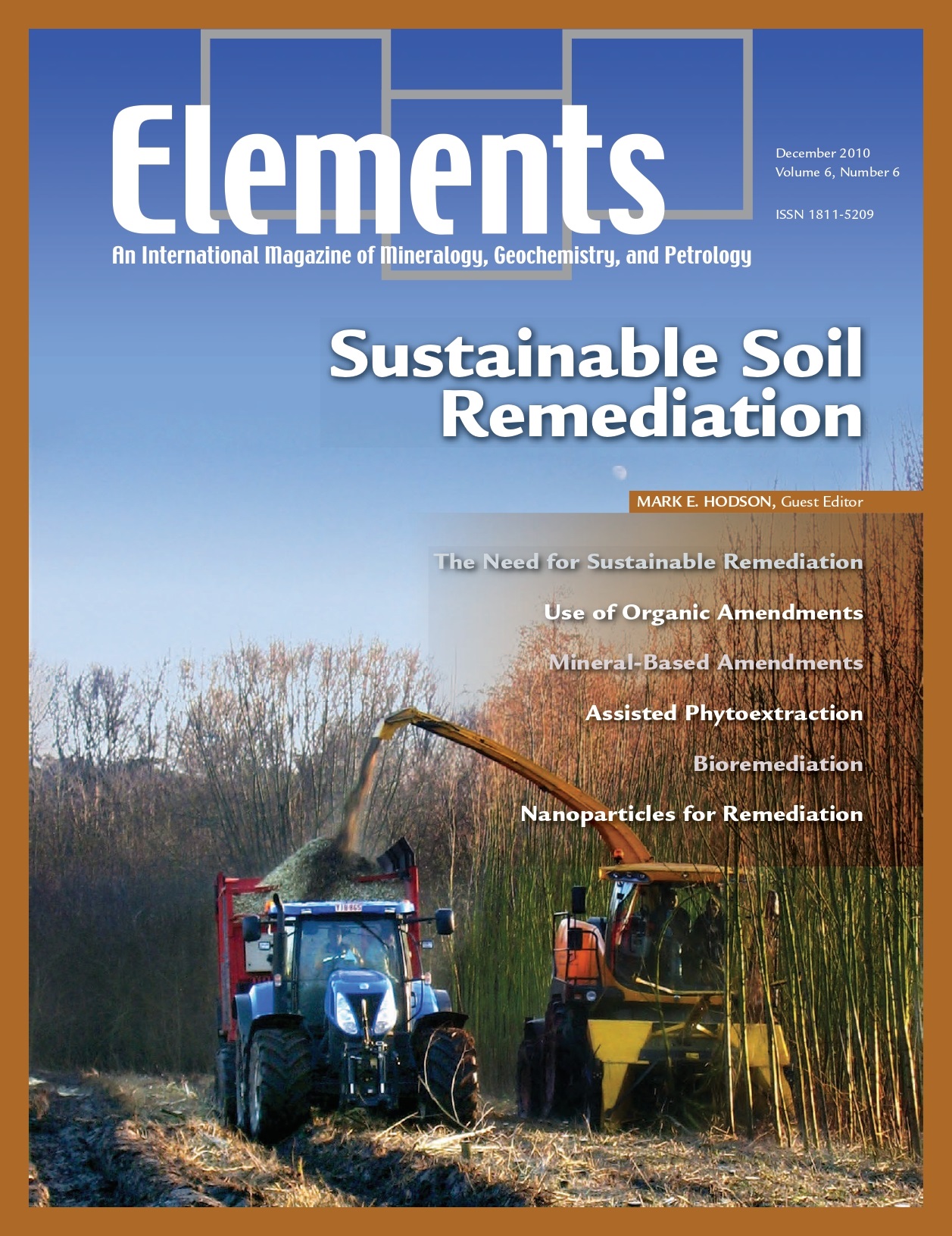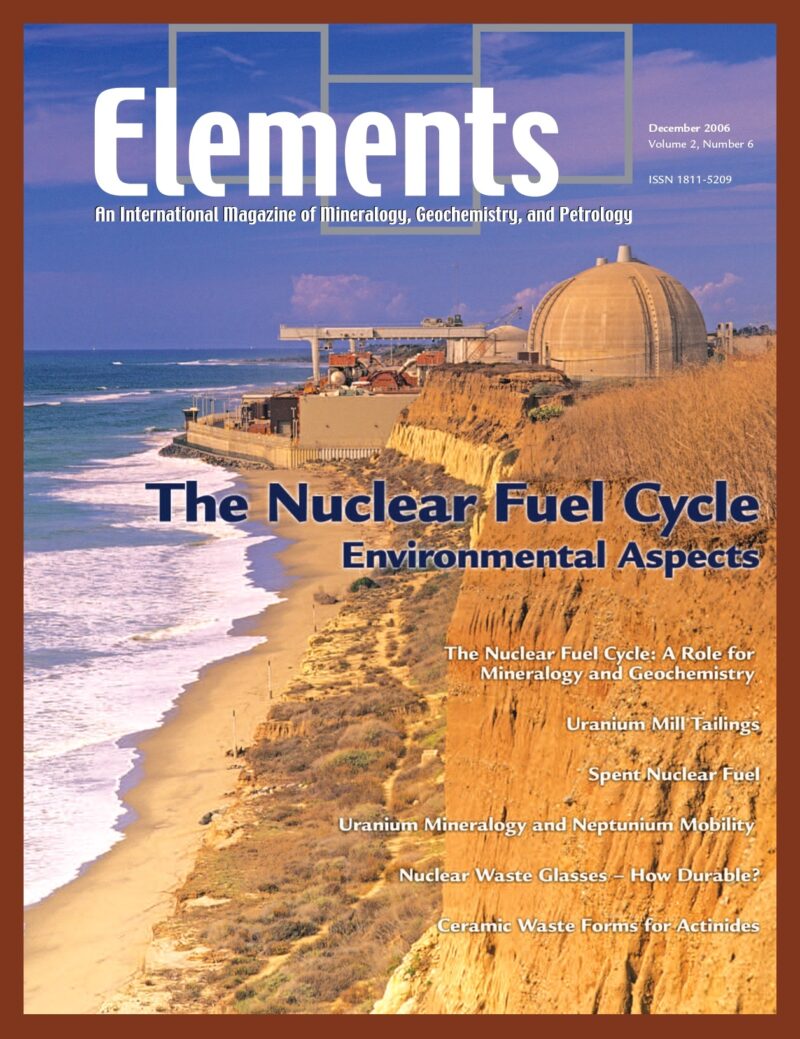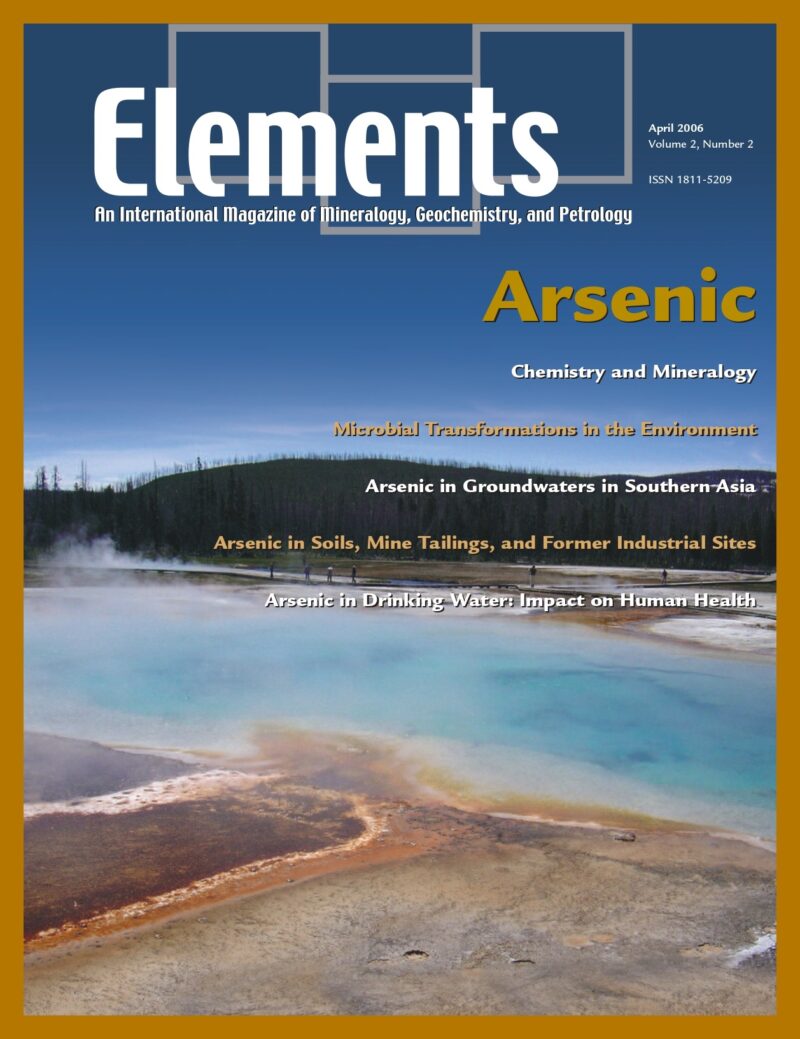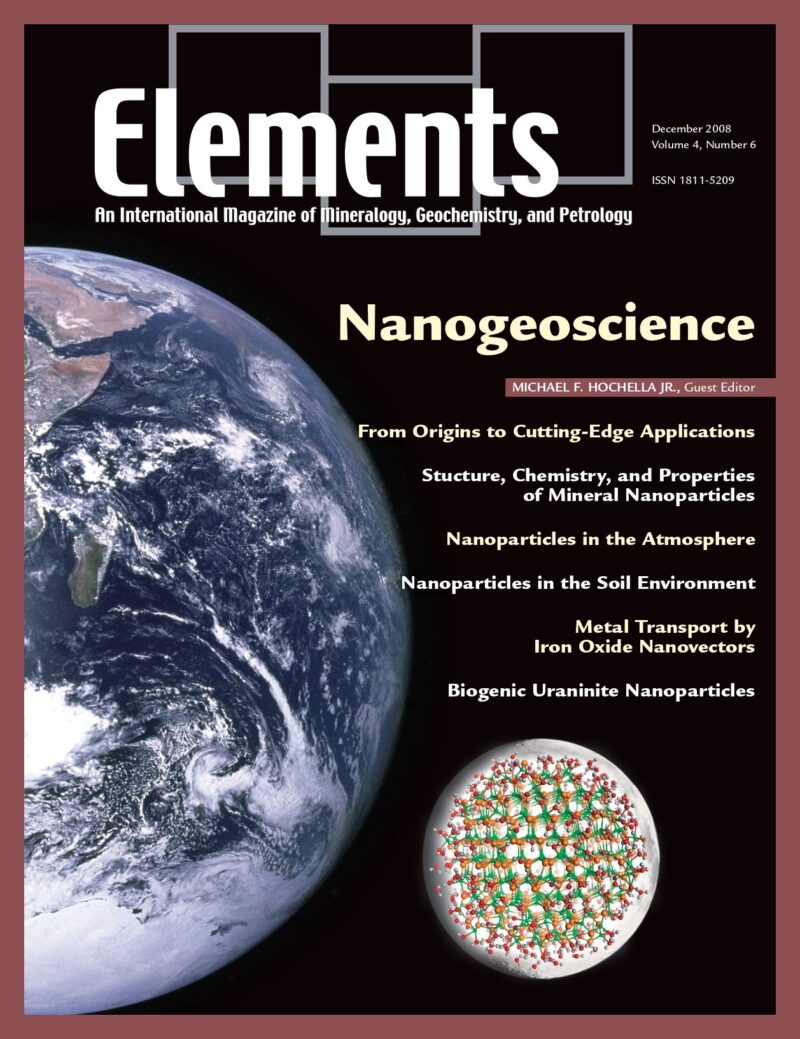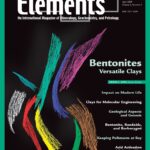
Bentonites – Versatile Clays, April 2009, Vol. 5, No. 2
June 28, 2024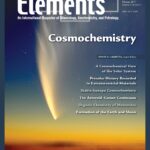
Cosmochemistry, February 2011, Vol. 7, No. 1
June 28, 2024Sustainable Remediation Of Soils, December 2010, Vol. 6, No. 6
$20.00
Humanity requires healthy soil in order to flourish. Soil is central to food production, regulation of greenhouse gases, and provision of amenity.
Sustainable Remediation Of Soils
December 2010, Vol. 6, No. 6
Humanity requires healthy soil in order to flourish. Soil is central to food production, regulation of greenhouse gases, and provision of amenity. But soil is fragile and easily damaged by uninformed management or accidents. One source of damage is contamination with the chemicals that are used to provide the lifestyles to which the developed world has become accustomed. Repairing or cleaning up this damage so that soil can again be used for beneficial purposes is a vitally important task. Traditionally, soil “clean up” involved removing the contaminated soil and replacing it with clean soil from elsewhere. Clearly this is not sustainable. Increasingly researchers and practitioners look to clean up contaminated soil and make it good for reuse, rather than simply discarding it. Mineralogy and geochemistry are central to the design and implementation of many of these new approaches.
Why You’ll Love Elements Magazine:
- Expert Contributors: Articles written by renowned researchers in the field of geoscience.
- Engaging Content: Join a community of readers who are passionate about Elements.
- Exceptional Quality: Each issue is printed on high-quality paper with stunning visuals and detailed illustrations that bring complex scientific concepts to life.
Order your copy of the December 2010 issue of Elements magazine today and discover sustainable remediation of soils.
Related products
-
The Nuclear Fuel Cycle – Environmental Aspects, December 2006, Vol. 2, No. 6
$20.00Increasing concerns for the effects of global warming that result from rising greenhouse gas concentrations in the atmosphere have led to a reexamination, even enthusiasm, for nuclear power. Of all the current alternatives to fossil fuels, nuclear fission is the most important source of energy, accounting for 17 percent of the world’s electricity.
-
Arsenic, April 2006, Vol. 2, No. 2
$20.00Arsenic is an element known throughout history as a classic poison. Currently, very small but highly significant concentrations of this element in drinking water supplies are causing massive health problems to many millions of people in some of the world’s poorest nations, and more localised sources related to mining and processing are also a concern.
-
Nanogeoscience, December 2008, Vol. 4, No. 6
$20.00At first glance, nano and Earth seem about as far apart as one can imagine. Nanogeoscience seems to be a word connecting opposites.

